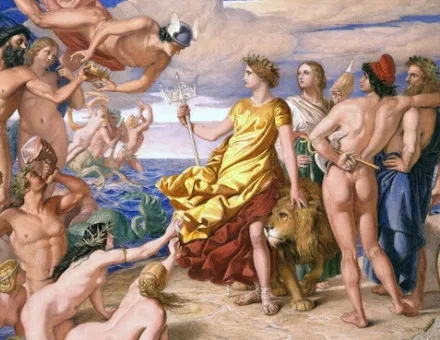Decline and Fall of a Monument: Temple Bar
John Robinson looks at the sorry state of a London monument
Stranded in appalling condition on the North edge of London, its roof collapsed, windows broken, stonework eroded and bedaubed with graffiti, Temple Bar is a monument of outstanding architectural and historic interest. It was built in 1672 at the junction of the Strand and Fleet Street as the ceremonial entrance of the City of London from the West and occupied the same site as the medieval City gate. This latter which dated from the thirteenth century, survived the great fire but was superceded as a result of Charles II's direct intervention and request that the approach of the City be improved by widening Fleet Street and building a grander gateway. Its design has been attributed to Sir Christopher Wren but on no solid evidence and many scholars have doubted the attribution. The executants were Thomas Knight, the City Mason, and Joshua Marshall, Master of the Mason's Company while the statues of Elizabeth I, James l, Charles I, and Charles II, in niches in the upper floor were carved by John Bushnell.





